Moses Malone (Part 3)
Moses Malone (Part 3)
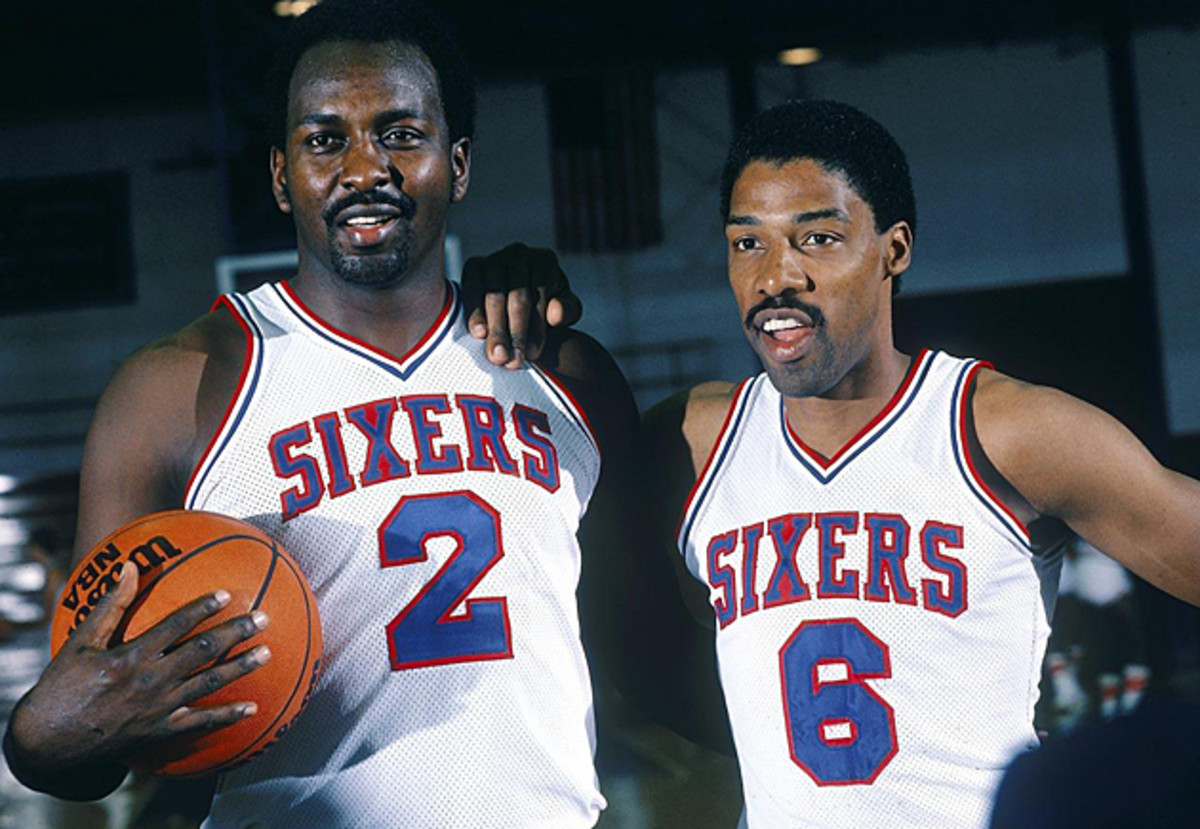
After the 1985–86 season, Philadelphia traded Malone, along with Terry Catledge and two first-round draft picks, to the Washington Bullets in exchange for Jeff Ruland and Clifford T. Robinson. Malone rebounded from his injury-shortened campaign in 1985–86 by averaging 24.1 points and 11.3 rebounds per game. He earned his 10th consecutive All-Star selection and was named to the All-NBA Second Team.
During the season, Malone achieved a significant milestone by scoring his 20,000th NBA point against the Detroit Pistons. He also scored 50 points against the New Jersey Nets, becoming only the third Bullets player, alongside Earl Monroe and Phil Chenier, to accomplish this feat. Despite Malone's individual success, the Bullets were swept by the Pistons in the first round of the playoffs, with Malone averaging 20.7 points and 12.7 rebounds in the series.
In his 12th NBA season, Malone continued to be a force on the court, ranking eighth in the league in rebounding with 11.2 rebounds per game and 19th in scoring with 20.3 points per game. He earned his 11th consecutive All-Star selection and recorded 55 double-doubles for the year. Although the Bullets made it to the 1988 NBA Playoffs, they were eliminated by the Pistons in the first round, with Malone averaging 18.6 points and 11.2 rebounds in the series.
Before the start of the 1988–89 NBA season, Malone signed a three-year deal to join the Atlanta Hawks. The Hawks, led by Dominique Wilkins, had high expectations after winning at least 50 games in the previous three seasons. Malone was seen as a crucial addition, believed to be the missing piece for a potential championship-caliber team.
During the season, Malone continued to showcase his talent, averaging 20.2 points and 11.8 rebounds per game. This remarkable performance made him the first and only player in professional basketball history to average 20 points and 10 rebounds for four different teams. Despite his individual success, Malone's team fell short in the playoffs, being eliminated in the first round by the Milwaukee Bucks.
Malone's contributions were evident throughout the series, as he averaged 21.0 points and 12.0 rebounds per game. His consistent performance on both ends of the court demonstrated his enduring skill and impact on the game, even in the latter stages of his career.
In the 1990–91 NBA season, Malone experienced a shift in his role, moving to a bench role for the first time in his career. Despite this adjustment, he continued to contribute solid numbers, averaging 10.6 points and 8.1 rebounds in 23.3 minutes per game. However, these were notably lower than his career averages up to that point, marking the end of his streak of 11 consecutive seasons with 20 points and 10 rebounds per game.
During this season, Malone achieved several milestones, showcasing his enduring impact on the game. On November 3, he became the NBA's all-time leader in free throws made, surpassing the previous record held by Oscar Robertson. Later in the season, on November 21, he scored his 25,000th career point, further solidifying his place among the league's elite players. Additionally, on March 15, Malone grabbed his 15,000th career rebound, highlighting his dominance on the boards throughout his career.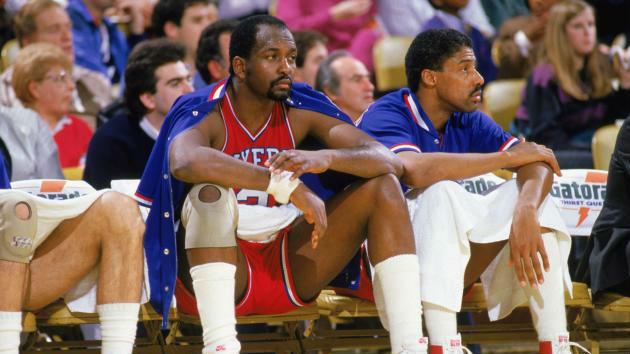
Despite these individual accomplishments, the Hawks, under new coach Bob Weiss, faced challenges and finished the season with a .500 record of 41–41, failing to qualify for the playoffs. Malone's reduced role off the bench reflected the changing dynamics of the team, but his impact and leadership remained significant.
In the playoffs, the Hawks returned but were eliminated in the first round by the Detroit Pistons in a competitive series that went to five games. Malone's contributions were limited during the postseason, averaging just 4.2 points and 6.2 rebounds per game. Nonetheless, his durability and consistency were evident, as he surpassed Wilt Chamberlain's record for consecutive games without fouling out during the series against the Pistons, showcasing his remarkable longevity and discipline on the court./cdn.vox-cdn.com/uploads/chorus_image/image/67040155/2038613.jpg.0.jpg)
Following the 1990–91 season, Moses Malone entered free agency and signed a two-year contract with the Milwaukee Bucks. In his first season with the Bucks, Malone resumed his role as the starting center, averaging 15.6 points and 9.1 rebounds per game while playing in all 82 games. He emerged as a key contributor for the team, leading the Bucks in rebounding and finishing second in scoring. Malone showcased his scoring prowess with two 30-point performances and recorded a season-high 19 rebounds against the Seattle SuperSonics on March 27. Despite Malone's efforts, the Bucks struggled, finishing with a 31–51 record, tied for last place in the Central Division with the Charlotte Hornets.
However, Malone's second season with the Bucks was marred by injury. After just one practice in training camp in October 1992, he was sidelined due to a herniated disc in his back. Despite attempts to play through the pain, Malone ultimately underwent surgery in November, causing him to miss the majority of the 1992–93 season. He made his return to the Bucks on March 27, appearing in 11 games for the remainder of the season. Despite his efforts to contribute upon his return, the Bucks struggled throughout the season, finishing with a disappointing 28–54 record and once again landing at the bottom of the Central Division standings.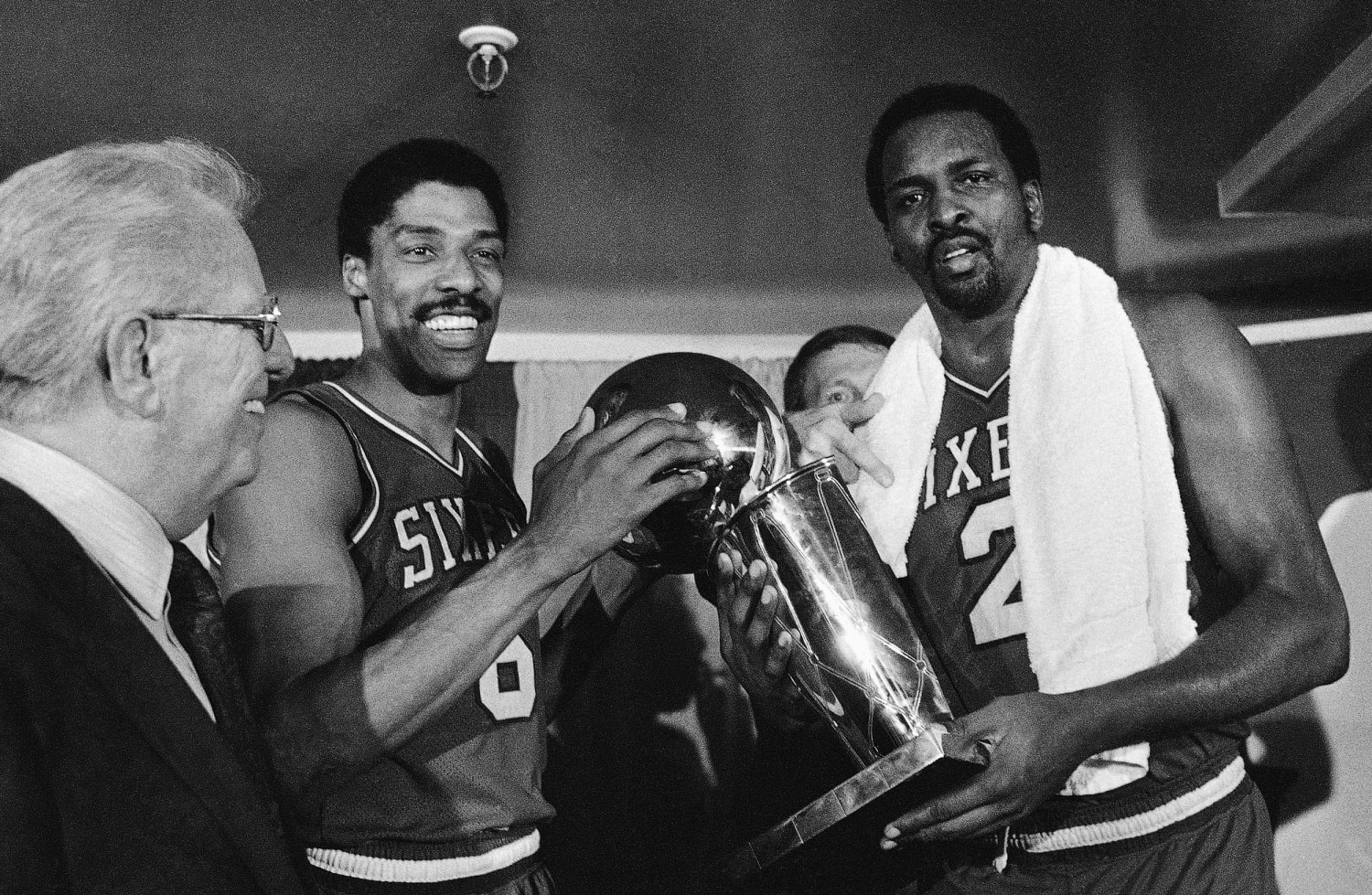
After his stint with the Milwaukee Bucks, Moses Malone joined the Philadelphia 76ers as a free agent in August, with the intention of serving as a backup and mentor to rookie center Shawn Bradley, who stood at an impressive 7 feet 6 inches (2.29 meters) tall. Malone's role with the 76ers primarily involved coming off the bench, and he appeared in 55 games during the season. Despite his reduced playing time, he still contributed with averages of 5.3 points and 4.1 rebounds per game.
In 1994, Malone transitioned to the San Antonio Spurs, where he played as a backup center behind David Robinson. This marked Malone's final season in the NBA, and at the time, he stood as the only remaining active player who had previously competed in the American Basketball Association (ABA). Throughout the season, Malone appeared in 17 games for the Spurs, culminating his illustrious NBA career. Notably, during the final game of his career against the Charlotte Hornets, Malone made headlines by hitting a buzzer-beating three-point shot from an incredible distance of 74 feet (23 meters) away from the basket.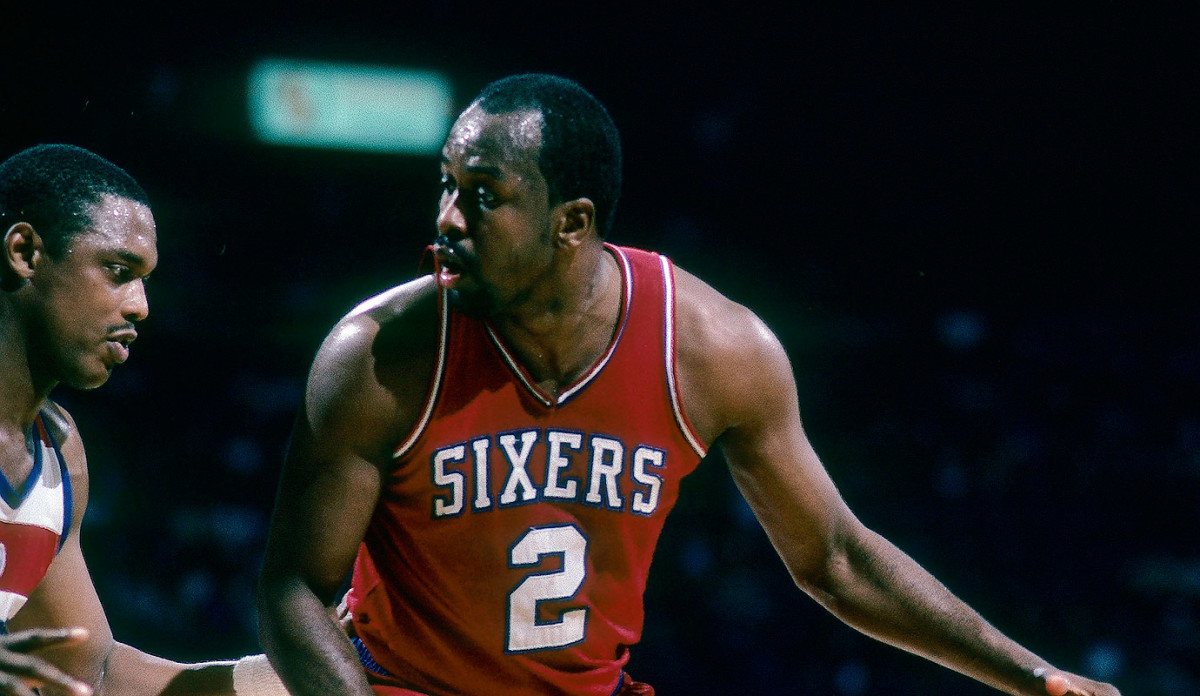
References
- (via Google News archive):"Malone'a 51points fuel Rockets' romp". The Milwaukee Sentinel. March 12, 1981. Retrieved September 14, 2015.
- ^ "A ROUNDUP OF THE WEEK APRIL 20-26, 1981". Sports Illustrated - Vault.
- ^ "1981 NBA Western Conference Finals Game 5: Houston Rockets at Kansas City Kings". Basketball Reference.
- ^ "1981 NBA Finals Rockets vs. Celtics". Basketball Reference.
- a b Adande, J.A. (September 13, 2015). "Moses Malone was NBA's most underappreciated great player". ESPN. Retrieved September 13, 2015.
- ^ "1981 NBA Finals". Basketball-Reference.com. Retrieved September 14, 2015.
- ^ "1982 NBA Western Conference First Round". Basketball-Reference.com. Retrieved September 14, 2015.
- ^ Penner, Mark (March 8, 2013). "The Sixers trade for Moses Malone". Philadelphia Daily News. Archived from the original on September 10, 2015.
- ^ "Mose Malone Traded". Observer-Reporter. September 16, 1982. Retrieved September 13, 2015 – via Google News Archive Search.
- ^ "Moses Malone, R.I.P." The American Spectator. Retrieved September 13, 2015.
- Aschburner, Steve (September 13, 2015). "Moses Malone, dead at 60, was an NBA elite". National Basketball Association. Archived from the original on September 15, 2015.
- ^ Blount, Terry (May 22, 1994). "Hakeem: For the record/"Kunta Kinte' image was way off". Houston Chronicle. Retrieved September 13, 2015.
- ^ Araton, Harvey (September 16, 2015). "Moses Malone Was Easy to Overlook but Undeniably Great". The New York Times. Retrieved September 18, 2015.
- ^ Jones, Gordie (September 14, 2015). "Moses Malone: The ultimate hard hat and 1980s NBA icon". csnphilly.com. Retrieved September 18, 2015.
- ^ "The Ring's The Thing: Dr. J". National Basketball Association. Retrieved September 23, 2013.







































